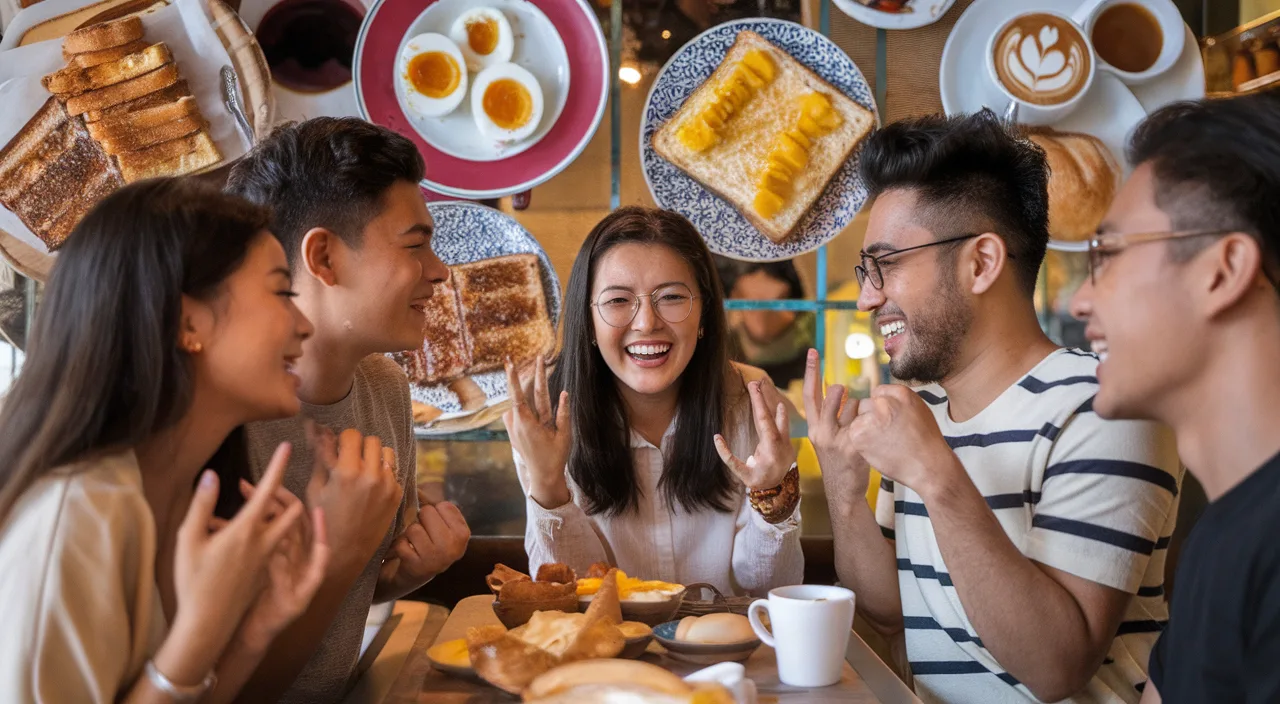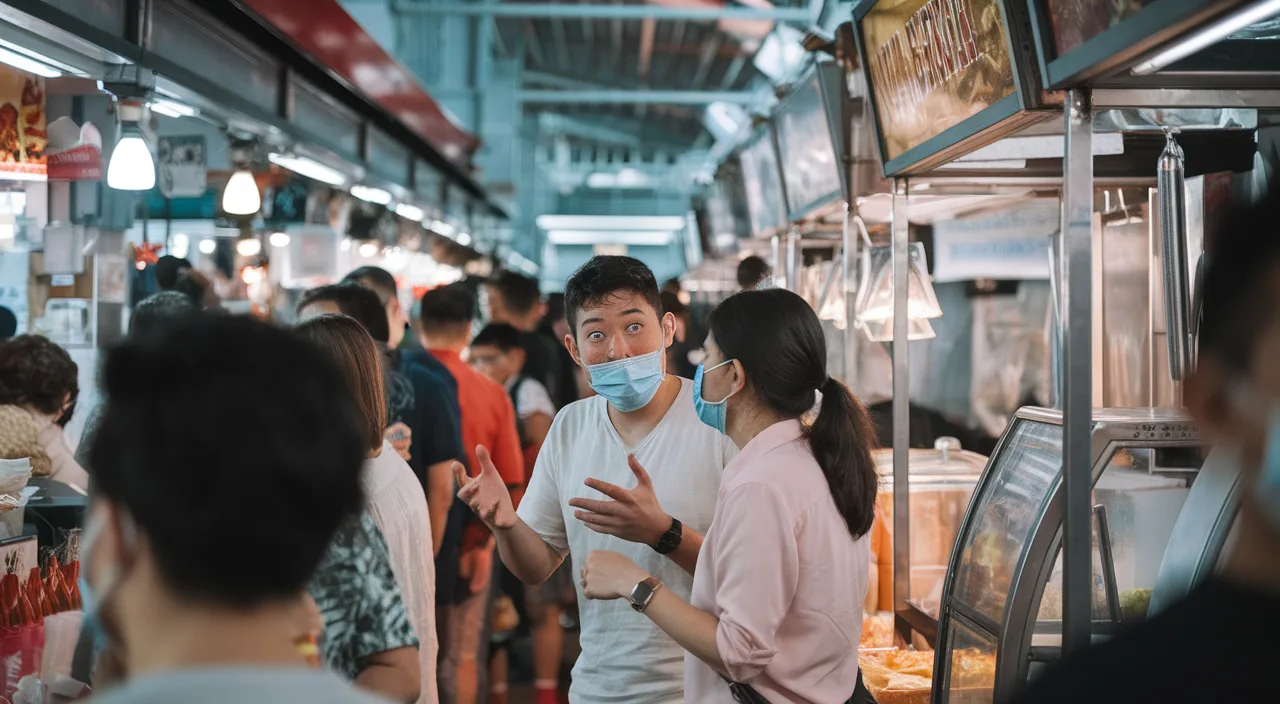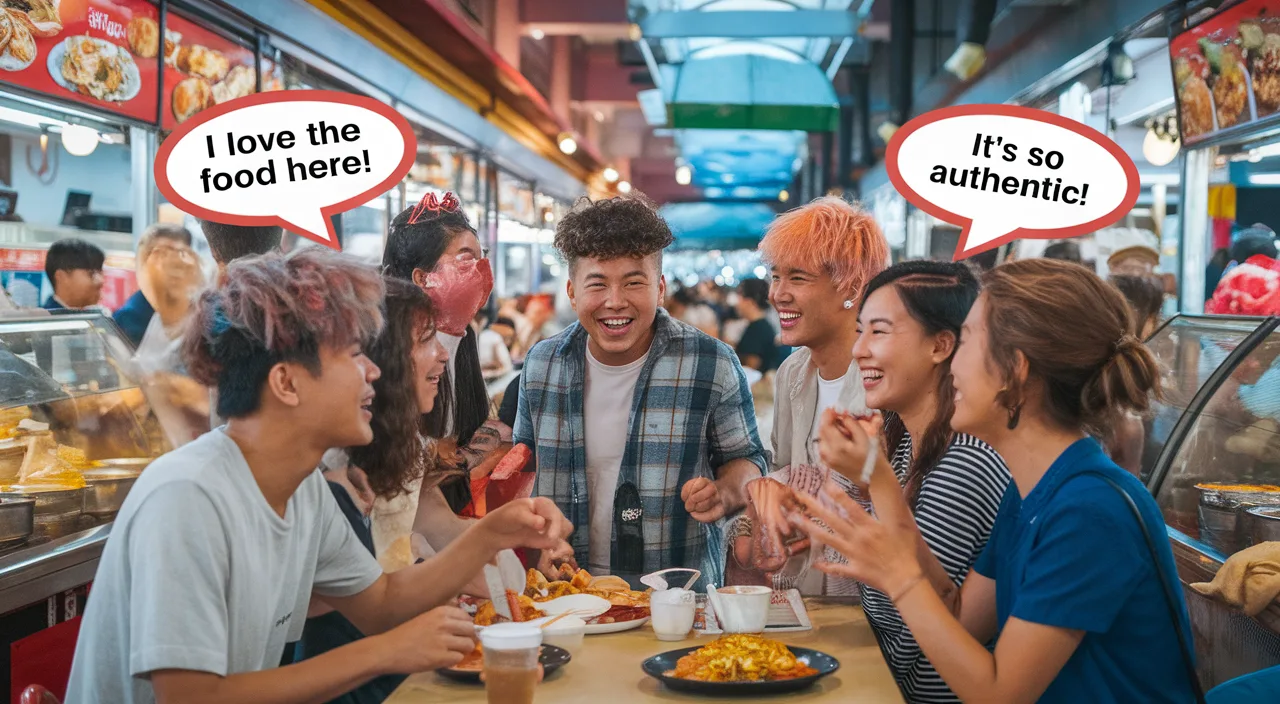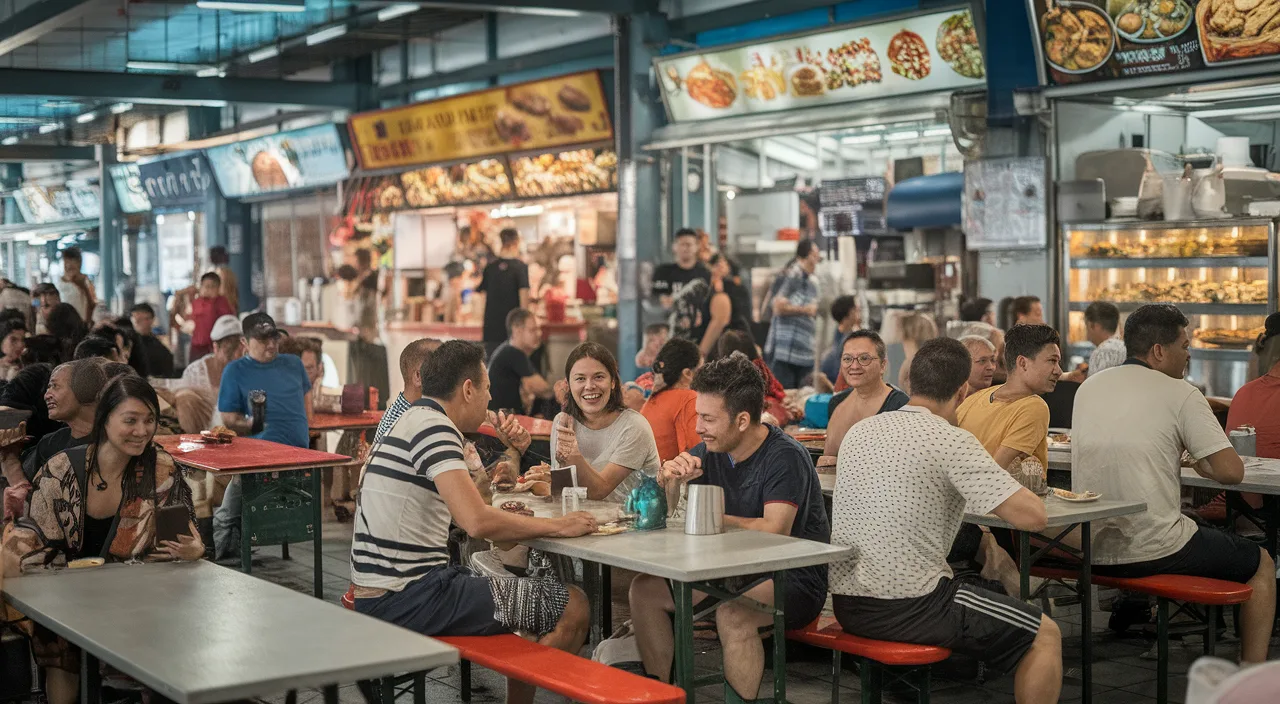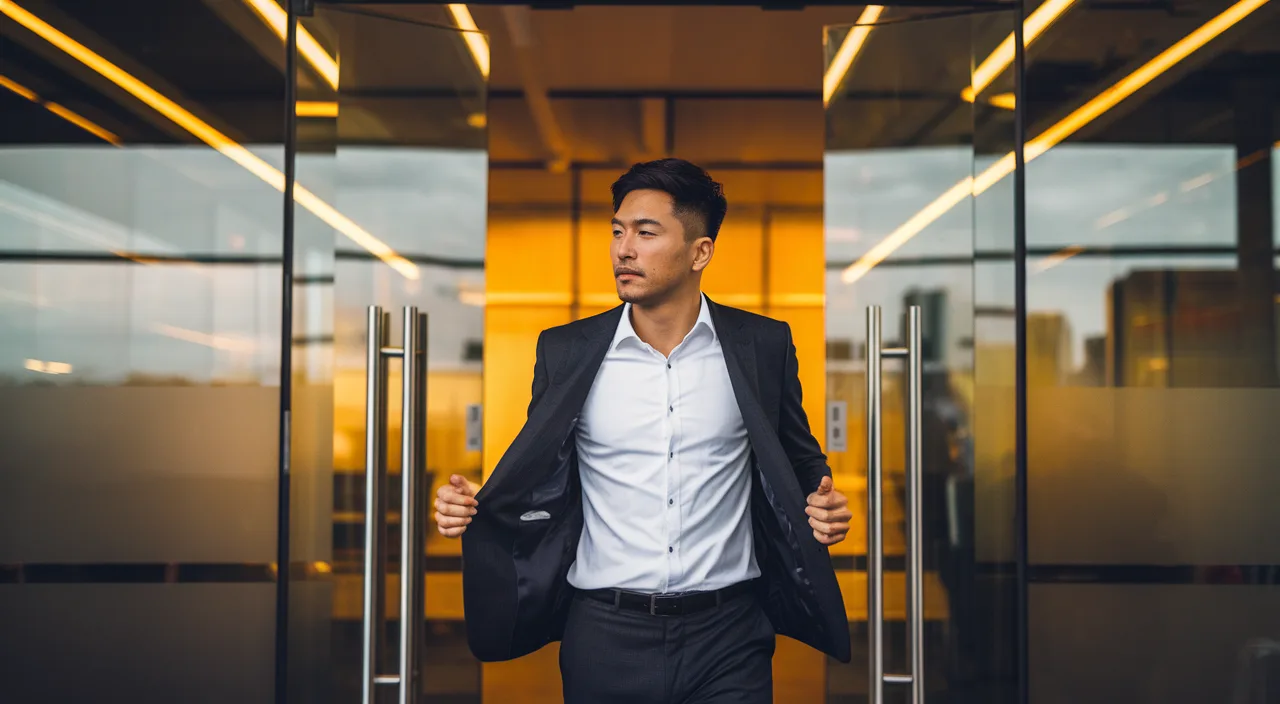Explore the fascinating world of Gila, one of Singapore’s most powerful Singlish phrases. More than just a word for crazy, this Singaporean slang carries deep emotional meaning, rich Malay origins, and cultural significance that connects generations. This comprehensive guide reveals how Gila evolved from its Malay roots into a beloved staple of Singaporean English, shaping our cultural identity and remaining relevant across Gen Z, millennials, and beyond. Whether you’ve heard it at hawker centres or seen it in social media comments, discover why this Singlish word refuses to fade and continues to define authentic Singaporean expression.


